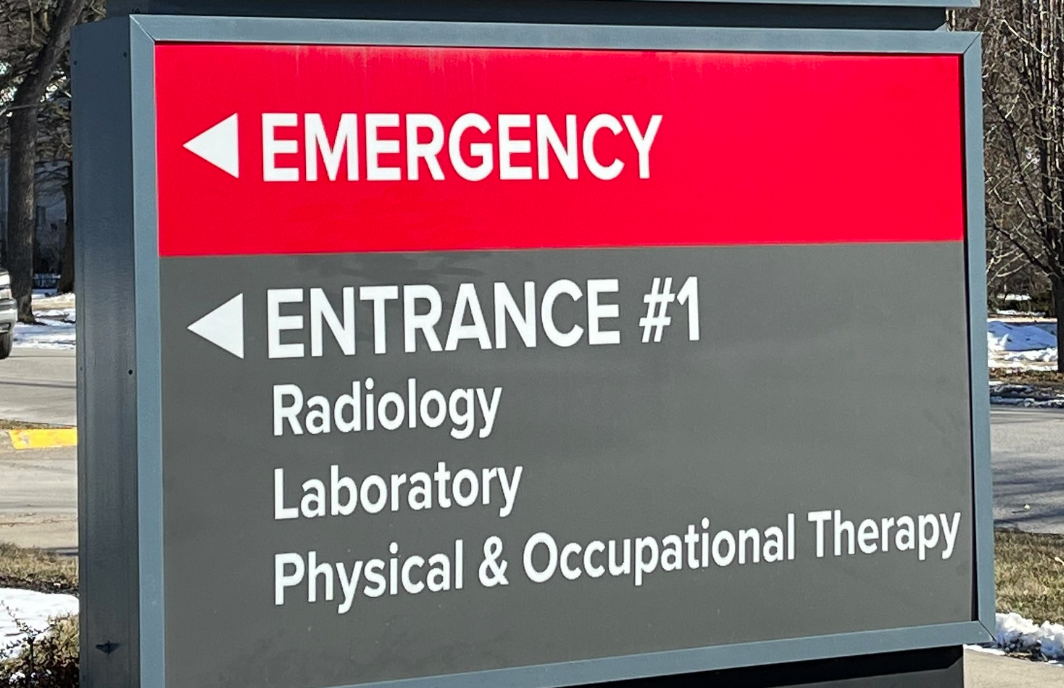
- Details
- By Elyse Wild
The health of Native Americans who get their healthcare at rural hospitals could be at risk as health systems in remote areas brace for potential closures from massive Medicaid spending cuts.
More than $1 trillion in cuts to Medicaid were rolled into the sprawling budget package signed into law on July 4, 2025. While the provision included exemptions for Native Americans, advocates are saying the spending reductions will inevitably affect Indian Country.
“So while American and Alaska Natives are exempt from a lot of the new things, like work requirements, there are still some facilities where they will go for treatment that will be impacted,” A.C. Locklear (Lumbee), CEO of the National Indian Health Board, told Native News Online.
According to the American Hospital Association, 16.1 million people living in rural areas are covered by Medicaid, and the health program covers 53% of patients at rural hospitals. Experts predict new laws enforcing work requirements for Medicaid coverage will result in 11.8 million people losing their coverage, potentially bringing steep revenue losses for rural hospitals that are already operating on tenuous margins. According to a June report, more than 300 rural facilities are at risk of “immediate risk of closing due to the severity of their financial problems.”
For reservation communities where the need for specialized health care is great but access is limited, the loss of rural hospitals could exacerbate cavernous health disparities. Native people experience the highest rates of chronic illness — such as cancer, heart disease, and diabetes — and have the lowest life expectancy of any group. Rural hospital closing could mean that IHS patients who rely on referral care may go without care entirely.
“If a hospital shuts its doors, not just an Indian Health Service facility, but any hospital, there is no backup,” Locklear said. “There is no plan B. When we are thinking about specialty care, those services are covered through Medicaid or purchased through referred care funds. So with Medicaid being cut, those referrals become even harder, and Native people who need specialty care might not get it. We just don’t know what the bottom line is going to look like in the rural facilities where tribal members may get their specialty care.”
Rolled in with the same bill that included the Medicaid cuts is a $50 billion Rural Health Transformation Program. The fund is being called an offset to the Medicaid cuts and a longstanding solution to rural healthcare. The
The program allocates $10 billion per year across all the states starting in 2026. As Federally Qualified Health Centers, Tribally-owned and IHS facilities qualify for the funds, but Locklear said it is unclear how the distributions could play out.
“We’ve just got to keep working to make sure the tribal facilities and rural health options don’t forget the Natives who depend on their services,” he said.
More Stories Like This
Johns Hopkins Collecting Tribal Success Stories from $1.5B Opioid SettlementArizona MMIP Task Force Holds Listening Session for Survivors and Families
‘A good stew is a story’ Blackfeet buffalo rancher shares Three Sisters Buffalo Stew recipe
National Indian Health Board Urges Congress to Extend Enhanced Premium Tax Credits
$1.25 Million Grant Gives Hope to Tolowa Dee-ni' Nation Amid Housing Crisis

